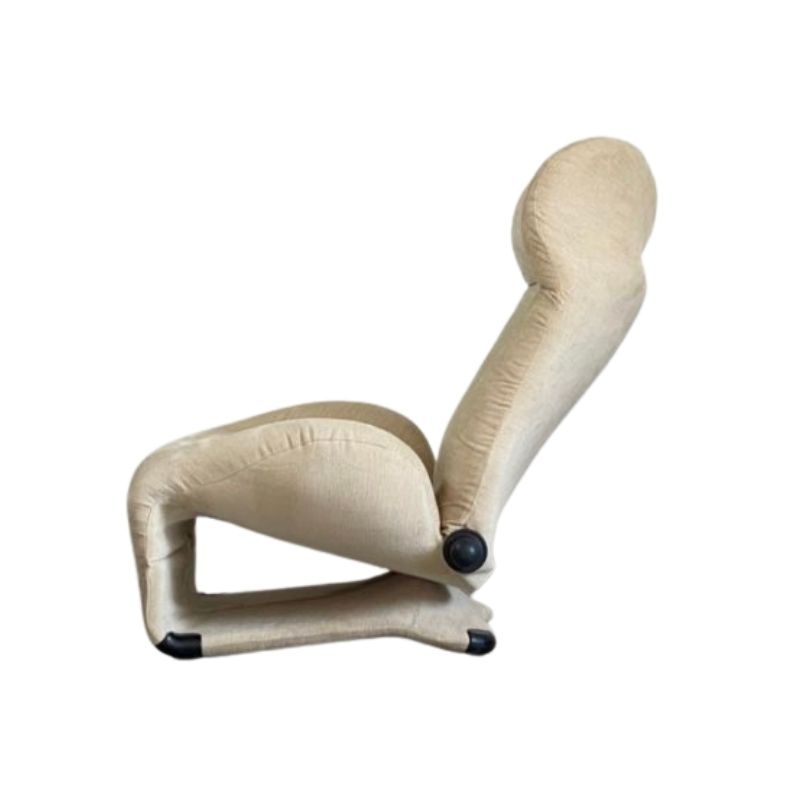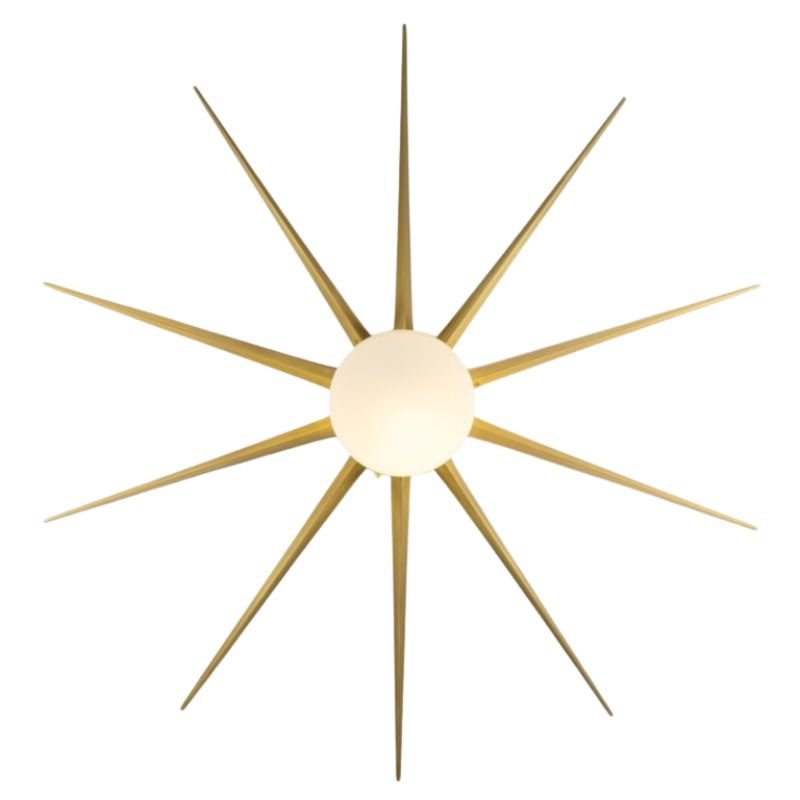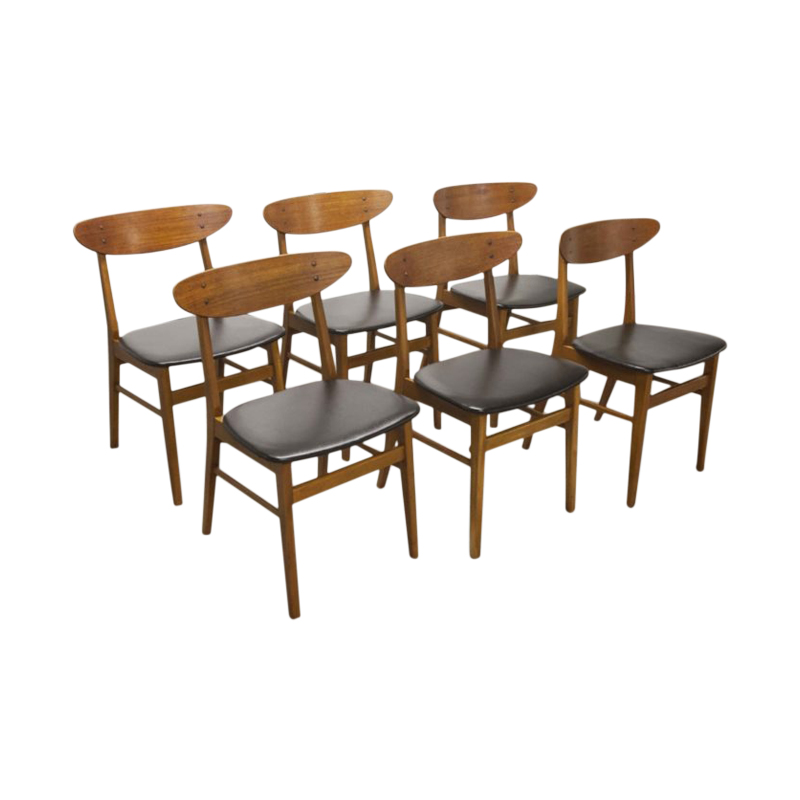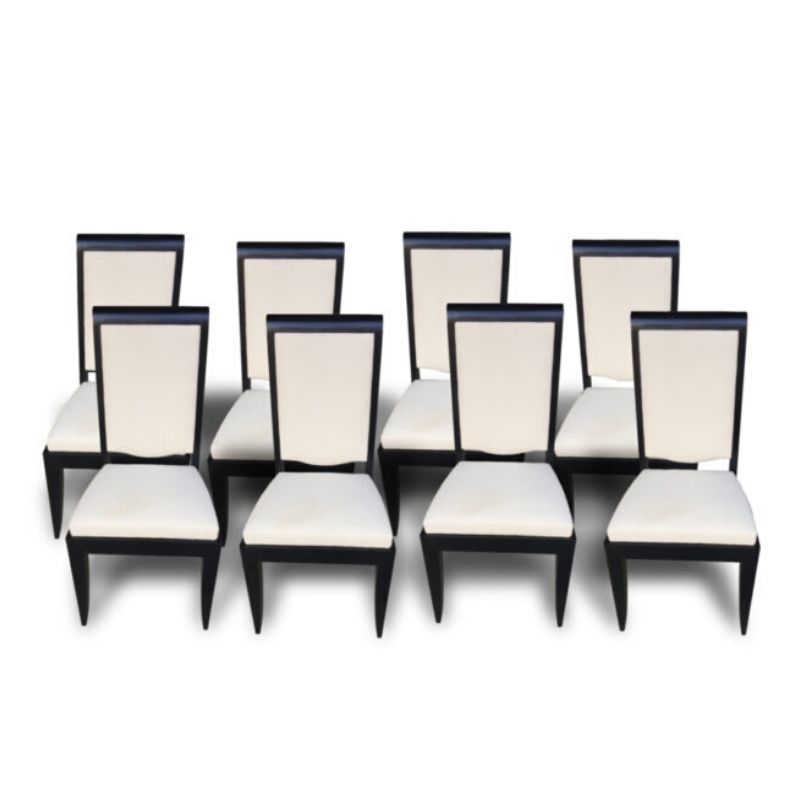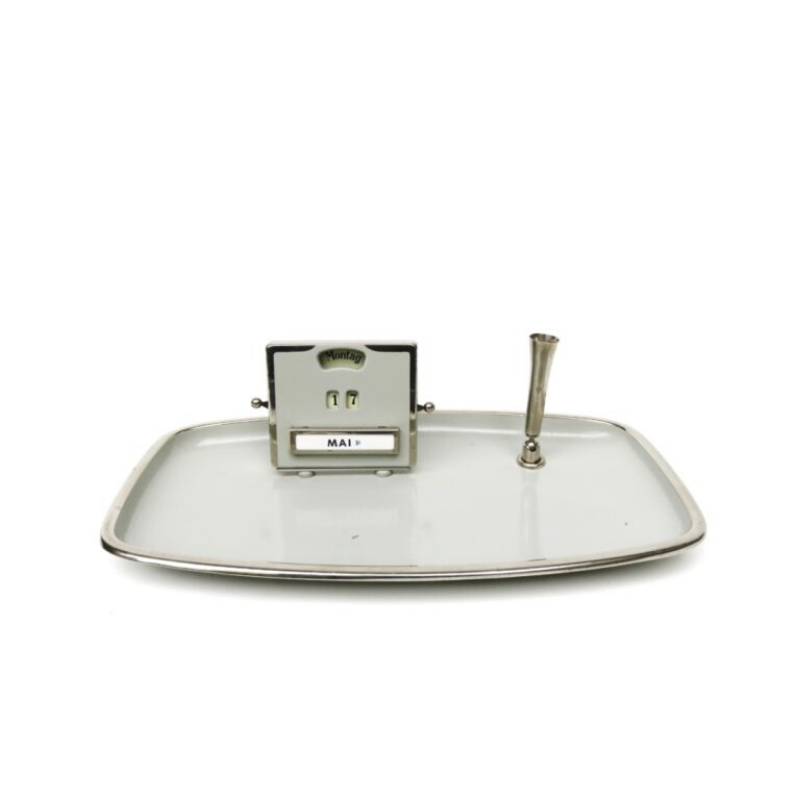Koen's detailed, distilled description of the accrued rules for design of a functional coffee cup triggered this thought.
DA, or some august body with the interests of design and humanity at heart (and at head), should start a product-by-product design knowledge repository.
Codifying who is a star and who is not a star in design is all well and good for the business of collecting and branding, but what designers and humanity really need to do good work is a design knowledge repository that shows the accrued rules for an effective design of any particular artifact.
Think how much more effective gate keepers producers would be, if they had some clue as to what they were gate keeping. Joe Producer would look at the coffee cup prototype Sebastian Designer pushed across the conference table at him and he would call up Design Addict and say, "Hey, Sebastian, this freaking coffee cup don't hold 300 freaking milliliters. How come?" And Sebastian would have to have a good answer, or he'd lose the client. We're not asking Joe to get a design degree here. We're just arming him with the basics that any guy wielding capital ought to know for his own good. Its called developing his enlightened self interest in design.
Alternatively, when Joe Producer looks at the cup without clicking and says, "this just looks like the same old shit to me. I want somethin' new that grabs the housewives by their eyeballs," Sebastian says, "Well, Joe, if you'll wake up and click on DA, you'll notice that not only does this cup meet all the accrued rules for design of a good cup, we've come up with six improvements all tailored to appeal to the aesthetic and tactile sensibilities of housewives. if you produce it and get it on the shelves, they will see it because of X, Y, and Z, and when they see it they will touch it, if, that is, you put it in the right packaging, which would look like this, and if they touch it, they will want it more than you want to make love with Angelina Jolie. And there are three more improvements that will make them love it once they buy it and that will buy you branding equivalent to spending $10 million bucks a year for five years on TV advertising and product placement in movies. You know women, Joe. They like what they see, but they want what they like to touch. But the bottom line with housewives is: they LOVE what works for them. Why do you think you're here sweating bullets 14 hours a day Joe? Because you're wife loves that you work for her." Joe understands Sebastian, though gay, and an outward aesthete, gets it. Joe produces cup. Cup has legacy function plus incremental advancements plus coherent hooks that marketing can sell. Cup makes profit. Joe hires designer again. Cup is incrementally better. Civilization advances the tiniest little bit.
pt. 2
The digital age makes such a repository with broad access quite feasible.
And designers have nothing to fear from it, because it is in the orchestration of the rules, and in the building on them, that the value contribution (and indispensbility) of a designer remains. If anything, the awareness such a repository would create, particularly among producers, would alert producers to just what they are giving up when they hire a highly branded, auteur designer to produce a design that ignores all the rules, or merely copies them and so produces a product with the shelf life of a quantum particle.
And of course, Consumer Reports would jump on this accrued design knowledge data base as criteria for product reviews and then not only would producers be gate keepers, but consumers would be, too. And when an informed market of buyers acts it is a HUGE driver of purposeful change. And a demand for purposeful incremental improvement spikes demand for designers. Ignorant buyers, on the other hand, make for purposeless change aka stealing from suckers. Who needs real designers to steal from suckers?
We are all in this together, if we want a truly progressive society with truly progressive design. Producers need to know what works. Designers need to know what works. Consumers need to know what works. Oligarchs need to know what works. We need enlightened oligarchs, for the oligarchs we will always have with us. The enlightened oligarch is not an aristocrate with the hubris to make new rules about things he doesn't understand, because he can, but rather one who plays wise rules to his perpetual advantage because he is smart enough to know that being transgenerationally rich is a legacy thing and only marginally related to his brilliance. When all of these players know the accrued knowledge of what works, progress becomes like a juggernaut that no one player can obstruct for his narrow self interest, at least for long.
pt 3
This is the rational root of democracy and market capitalism in producer markets and consumer markets--to let more in on the accrued knowledge of what works, so we all stay more focused on meeting our needs and earning our daily bread by building on what works rather than abandoning our good sense to isms and ideologies and voodoos from where ever they arise, voodoos that tempt us foolishly to pay for the same real estate twice so some special interest can fatten itself at the expense of our own foolishness.
A design knowledge repository would systematically act like a design institution, or a design constitution, that would put the emphasis and incentives on those who were willing to design, produce and consume products that actually improved on the past.
Yes, such a design constitution would be imperfect and vulnerable to corruption, just as the USA constitution has been, but constitutions are about facilitating progress, not perfection, through consensual agreement on what CAN be agreed upon and what IS known about past experience.
"We hold these truths to be self evident..."
Sweeter, more powerful words ne'er written. And it did not turn its back on the past so much as learn from it and strive to retain what worked for individuals and hamstring what worked against them.
If such a design knowledge repository existed, it would be useful to all types of designers:
a. Rational designers with a desire to build on the past would have a past to build on, whenever they entered a field they were unfamiliar with.
b. Designers wishing to break with the past would know which rules to break. Breaking with the past is, afterall, such a hit-and-miss act, when one doesn't even know what the past was. 🙂
c. Designers wishing to break with the present and reunite with a past they prefer will have past to work with.
d. Designers wishing to break with the past and present and wishing to undertake attempts at utterly original designs could quickly understand just how much they had to leave behind to be truly original.
pt 4
Because this accrued design knowledge is part of the human legacy and should not be owned by any one oligarchic group or another, either inside or outside of design, this information ought to be open sourced as soon as possible before the click cartels of the net, or others do it first and corner the information, or obscure it inside the vessel of folk art dictionaries like wikipedia edited by a combination of online communities who frequently don't know what they are talking about and master edited by persons with allegances to things that have nothing whatsoever to do with what is best for design, or designed goods, or persons who use those designed goods.
We are about to lose what appears to be the last generation of designers trained in the European mastercraftsmen tradition. When they are gone, much of what they know about the accrued rules of making every day things will go with them.
If I recall correctly, some isolated Irish monasteries preserved much classical knowledge for many centuries during the dark ages, because they believed their god was a god of goodness and that preservation of human reason, enlightenment and knowledge of civilization were part of their god's will. Or maybe they were just contrarians. Either way, they did the world a great service.
Rome was privatized in the run-up to its collapse.
I don't think I have to master the obvious and state the possible analogy between that time and ours.
But even if what we are witnessing today turns out to be progress cloaked in horror, rather than Dark Ages Version 2.0, and who can know for sure until long after the fact, anyway, we still don't want to lose the accrued knowledge of how to make a good coffee cup that the European mastercraftsman tradition accumulated for us starting before the industrial revolution and extending to present, do we?
Afterall, I hate uneccessary drips on my clean shirt in the morning and I do so like a good cup of coffee. 🙂
I believe
that there will be craft skill as long as there are tools and materials. Some skills may become the province of specialists/historians/hobbyists but they will still be available. As new materials and new economic realities arrive (as ever) new skills will largely take over in the marketplace -- it's inevitable, I'm afraid. Better boutique woodworking than none at all ?
This addresses (?) only one small item on the list, however. . .
Haven't read the whole...
Haven't read the whole post...I will, when I get a cup-o-tea brewed. For now, pt. 1 suggest a fantastic idea! I breifly mentioned this before, but strictly as a designer-pedia type thing (ala wikipedia style). There are lots of free range Irish monk on the loose (re: DA readers) who can contribute.
....I am still hesitant
I just had a look at Bo Gunnar Lindgren's study on "dishes"
for the swedish Slöjdföreningen (1961) to find out that it is 200 pages thick!
But...with a lot of DA's working on it, why not. It would safe me the time to explain what the difference is between the "Latin" versus the "Germanic" way of holding cookware. I could just refer to the DKR (not the Danish krone, but the Design Knowledge Repository)
If you need any help, please contact us at – info@designaddict.com




